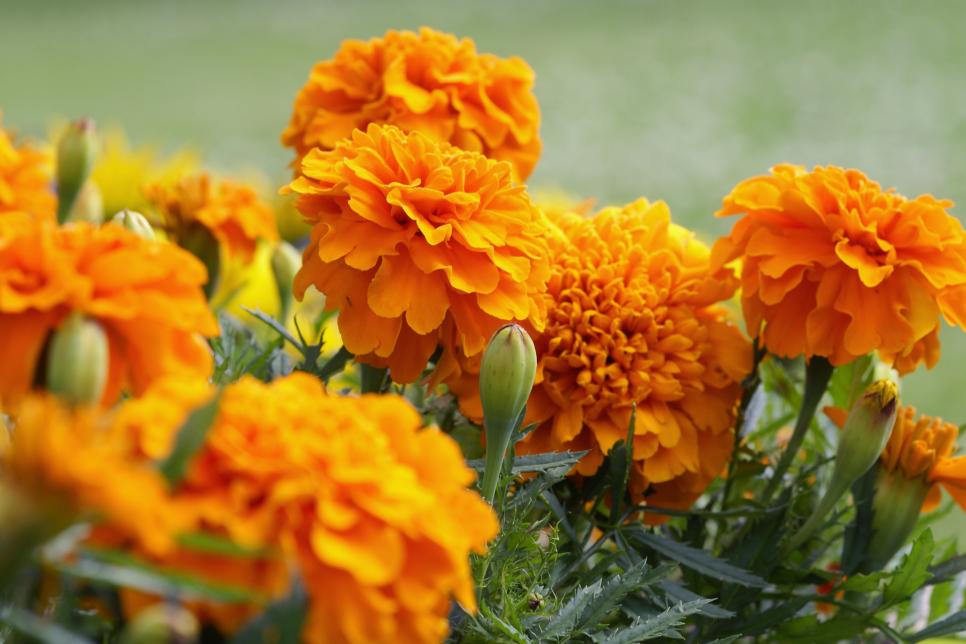
Biennials Less common than annuals and perennials, biennials live for two decades, making foliage the first year and flowers the following. Flowering biennials comprise hollyhocks, foxglove, dianthus and Canterbury bells. Most biennials are actually vegetables -- beets, Brussels sprouts, carrots, cabbage, cauliflower, celery, chard, collards, endive, kale, kohlrabi, leeks, onions, parsley, parsnip and rutabaga -- that produce food the initial year but don't complete their growing cycle and shed seed until the second. Locate the best biennials to your zone at our plant finder.
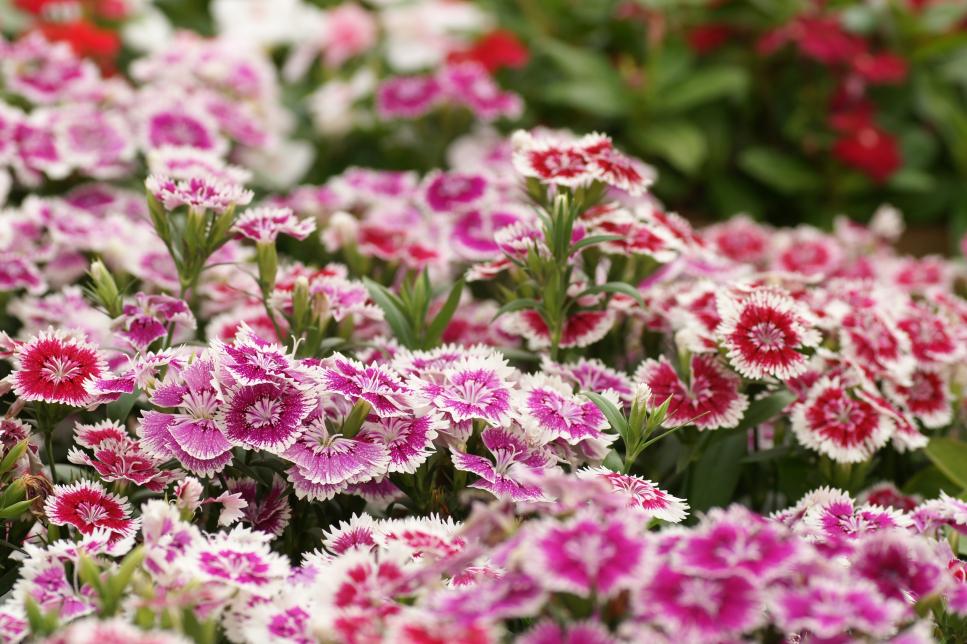
Perennials Technically defined as a plant that lives for at least two decades, perennials are the backbone of any landscape with vibrant annuals offering variety. Depending on your climate, some perennials may maintain their leaves through the winter but many shed them die back to the ground to reunite again in the spring. Popular perennials contain: clematis, some kinds of daisies, hardy ferns, hellebore, hibiscus, hostas, lavender, several ornamental grasses, peonies, periwinkle, phlox, roses, salvia, sedum, violets and yarrow. Find the best perennials to your zone in our plant finder.
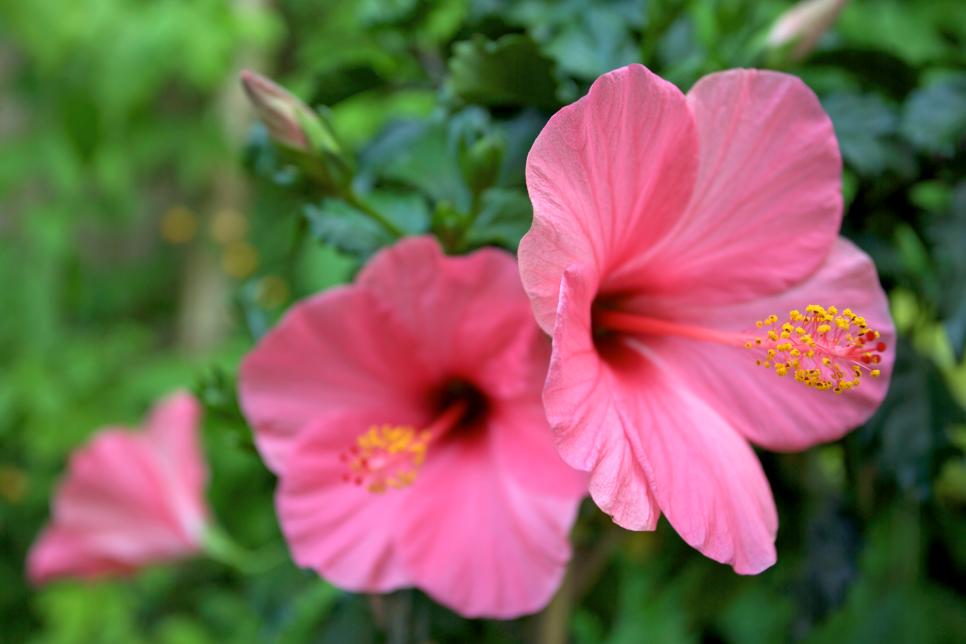
Bulbs One of the easiest plants to grow, bulbs provide lots of show-stopping color year after year for very little work. On top of that, bulbs self-propogate meaning they multiply and spread to quickly fill a little bed with blooms. Tulips and daffodils are the most commonly known bulbs causing many people to connect bulbs with spring but many varieties of lillies, such as canna, Asiatic and Oriental, bloom during the heat of summer. A few other plant types tend to be mistaken for authentic bulbs because they grow the exact same manner. By way of instance, bearded iris is a rhizome, crocus and gladiolus are all corms, and dahlias and elephant's ear are tubers. Locate the best bulbs for your zone at our plant finder.

Evergreens Defined as plants which retain their leaves yearlong, evergreens include a bright spot of colour to a winter landscape. Conifers, like pine, spruce, cedar and fir are exactly what generally come to mind when we think of evergreens but magnolia, hollies and lavender trees are also evergreens. Dependent on your planting zone, many blooming shrubs, like laurels, azaleas, rhododendrons, camellias and gardenias, keep their leaves year-round making them excellent base plants. Learn more about selecting an evergreen for your landscape.
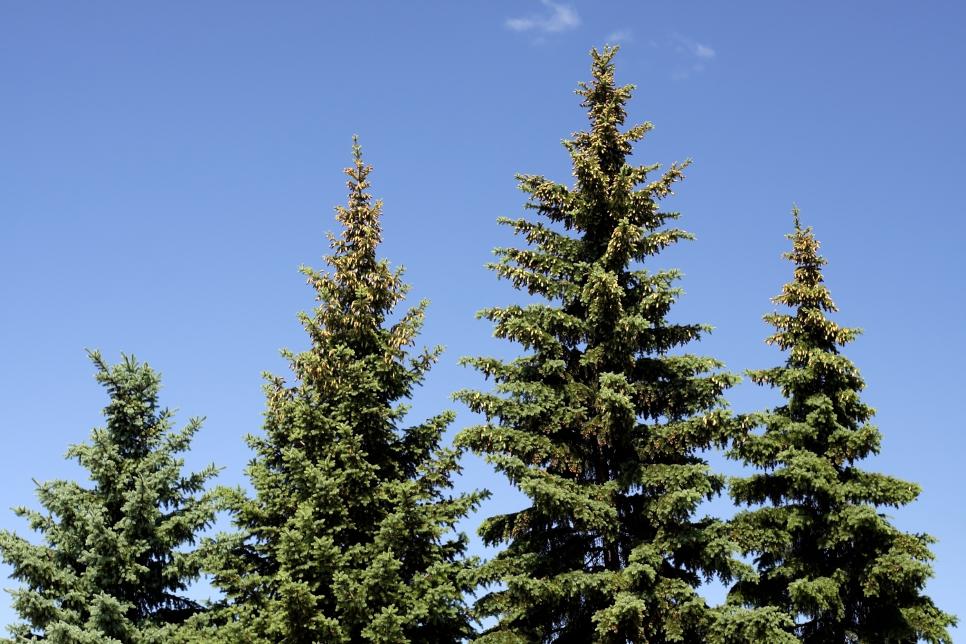
Deciduous We can thank deciduous trees and shrubs for the kaleidoscope of orange, red and golden leaves we enjoy each fall. Unlike evergreens that maintain their leaves, deciduous plants shed them each year before entering a dormant period in winter months, then develop a brand new canopy of leaves.
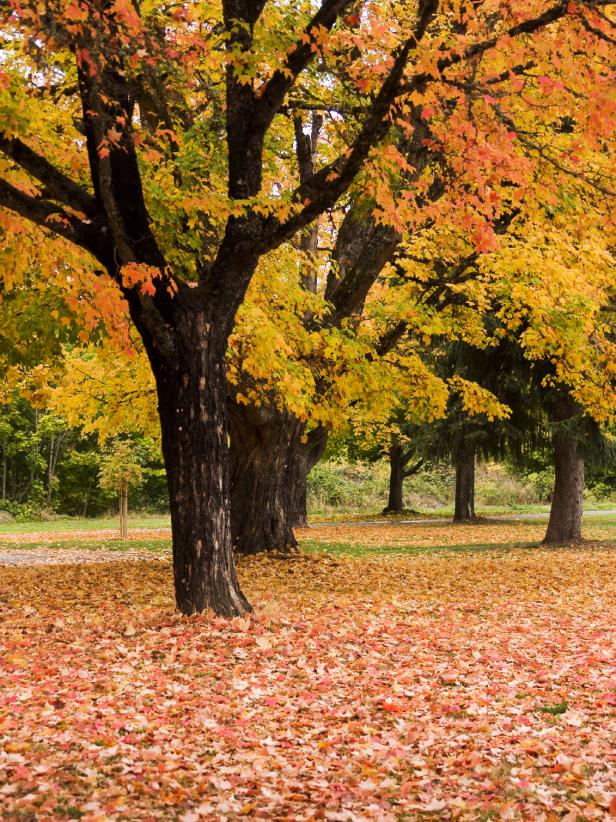
Vines Even the acrobats of the plant world, scaling plants enable you to choose your garden to new heights when planted along with a trellis, arbor, wall or fence. Although a few vines, like morning glory and nasturtium, are annuals, most are perennials, coming back year after year to completely cover their supporting structure with blooms, leaves or fruit. Thanks to the variety of colours available, clematis is a favorite climber. Other good choices are bougainvillea, blackberry, gloriosa lily, honeysuckle, jasmine, mandevilla, trumpet vine and native wisteria. Find the best vines for your zone in our plant finder.

Groundcovers If your lawn includes a steep bank or bare patches under trees where grass won't grow, planting a hardy groundcover might be just the remedy to your lawn woes. These low growers creep across the floor quickly forming a dense mat that is resistant to weeds. With so many varieties to choose from, the key is matching the plant to its place, either shade or sun. For sunny locations, very good options are creeping phlox, goldmoss sedum, ice plant, plumbago, creeping juniper and lemon thyme. For shade, try periwinkle, euonymus wintercreeper or English ivy. Find the best groundcovers for your zone in our plant finder.
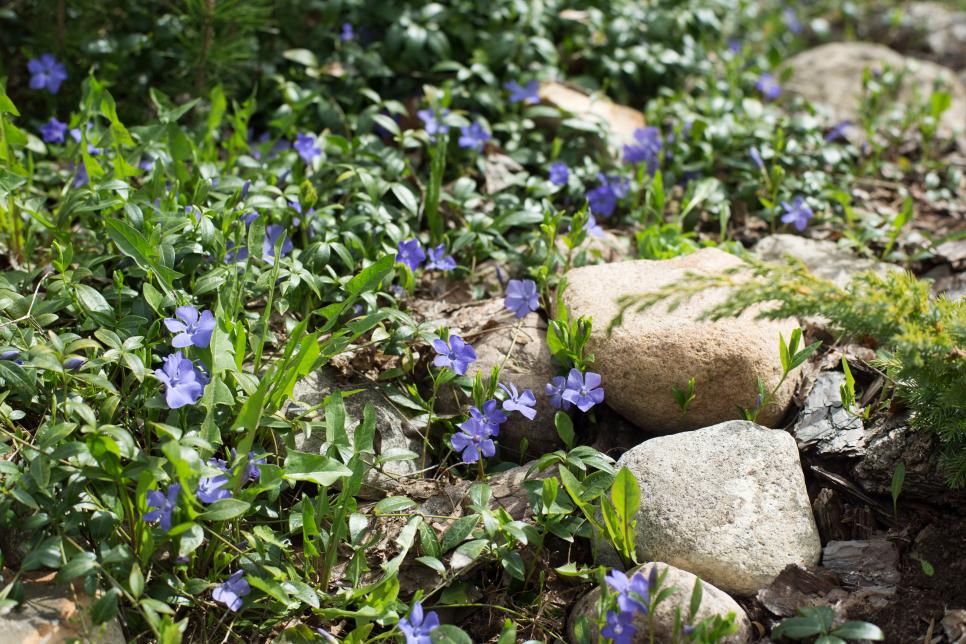
Aquatic Plants If a pond or water garden a part of the landscape, aquatic plants are worth contemplating not just for their beauty but also for the role they perform purifying and oxygenating the water while giving a shady habitat for resident fish, like koi. Though we're most comfortable with water lilies, there are dozens and dozens of aquatic plants -- some float on the water's surface, like lotus and water hyacinth, while some are entirely submerged, rooted to the pond's bottom, or grow along the water's edge like cattails, reeds and stalks.

Shrubs Compact and compact, shrubs can be either evergreen, like boxwood, holly, barberry and azaleas or deciduous, such as lilacs, viburnum, forsythia and spirea. Their small stature make shrubs the perfect choice for foundation planting around your home but they're also well suited for adding colour to hedges and borders or anchoring garden beds. Most all shrubs will benefit from an occasional trimming to help them keep their shape and encourage new development -- but always wait until the tree has finished flowering for this season. Browse 25 shrubs which can work in even the smallest areas.
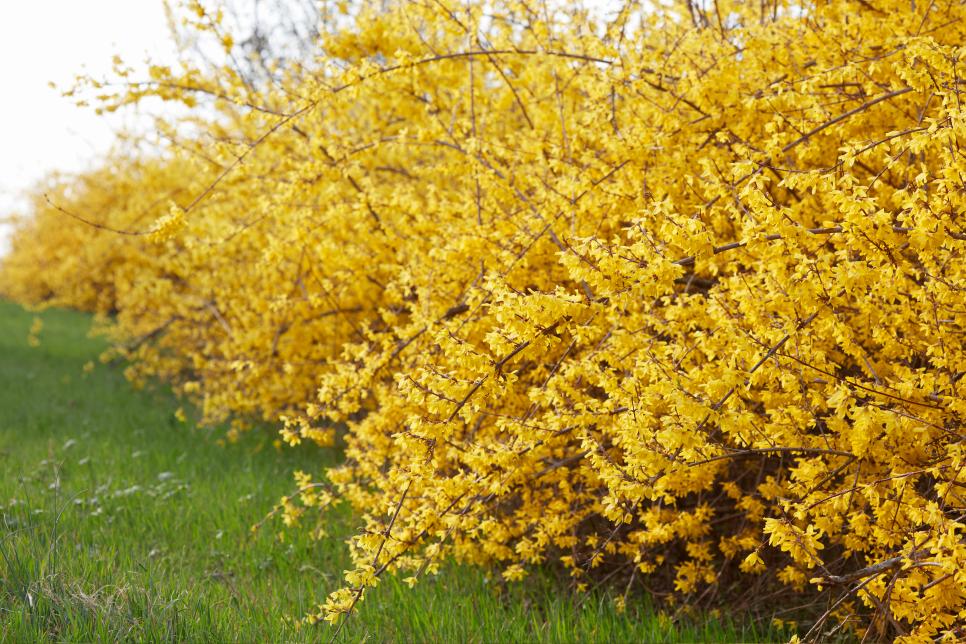
Grasses, Rushes and Sedges Though we typically loosely refer to grasses, rushes and sedges as decorative grasses, they actually belong to various plant families and have varying sun and moisture requirements. The simplest way to distinguish them is the shape of the stalks: grass stalks are usually round or hollow while sedge stalks are usually triangular and rush stalks are generally flat or round. As for care, grasses (such as pampas grass, shown here) favor a full-sun place with well-drained dirt while sedges are ideal for shady, moist locations and appears such as it dampest of -- they are typically found growing at water's edge. Find the ideal bud, rush or sedge to your zone in our plant finder.
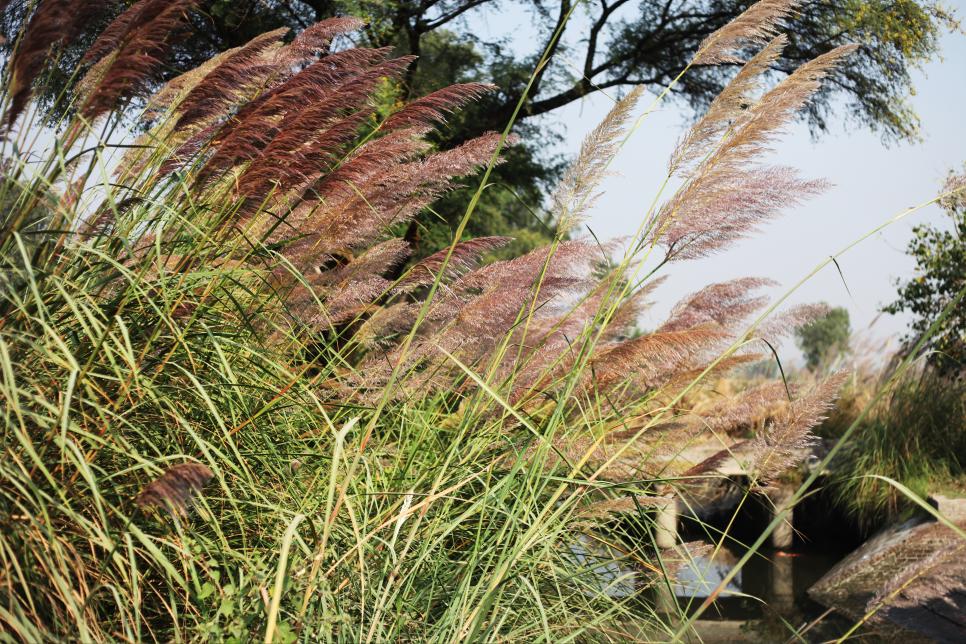
Cacti and Succulents Thanks to a sophisticated method for storing water in their roots, stalks and leaves, succulents (which includes cacti) have managed to thrive in the most inhospitable environments. This durability also makes them amazingly easy to maintain and perfect for desert landscapes. The rising popularity of xeriscaping, or landscaping that reduces or eliminates the requirement for irrigation, has attracted attention back to these water-saving plants -- but their habitat needs (sandy, loose soil, infrequent rain and year-round warm temperatures) restrict their usage to mostly the Southwest. The most popular exception is the prickly pear cactus which has been known to live as far north as Canada. Find the best succulent for your zone at our plant finder.
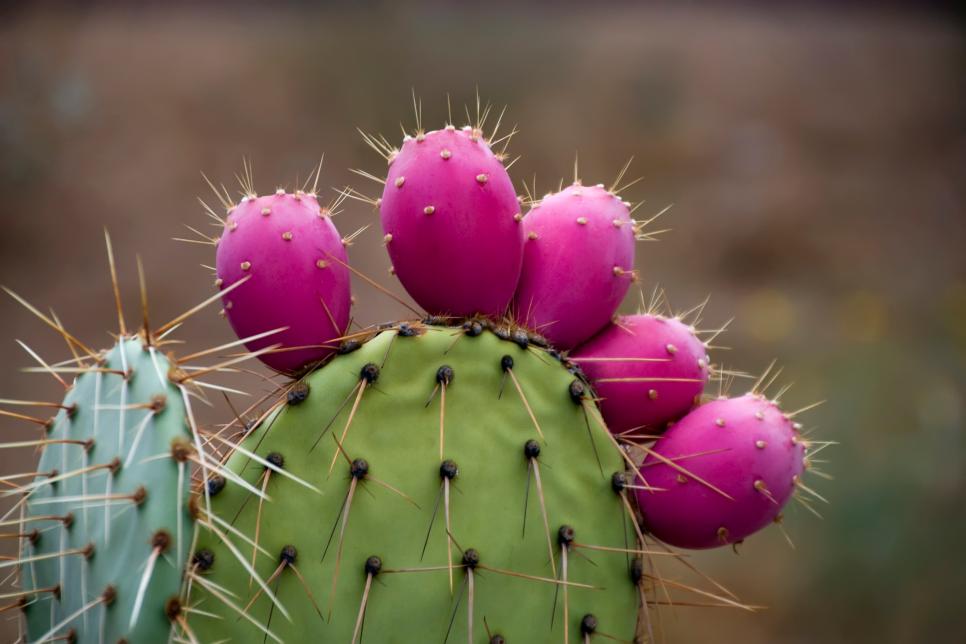
Tropicals With a warm year-round climate and abundant rainfall, it's no surprise that the tropics are home to some of the world's most stunning plants. It's also no surprise that those of us who live in less tropical climes want to incorporate these exotics in our landscapes -- however frequently the harsh reality is that many tropical plants are not hardy beyond USDA Zone 8. Container gardening is almost always a safe bet, you can overwinter the potted plant inside then return it to a landscape after the previous threat of frost has passed. Check this handy guide for 8 hot tropical plants and suggestions for growing them.
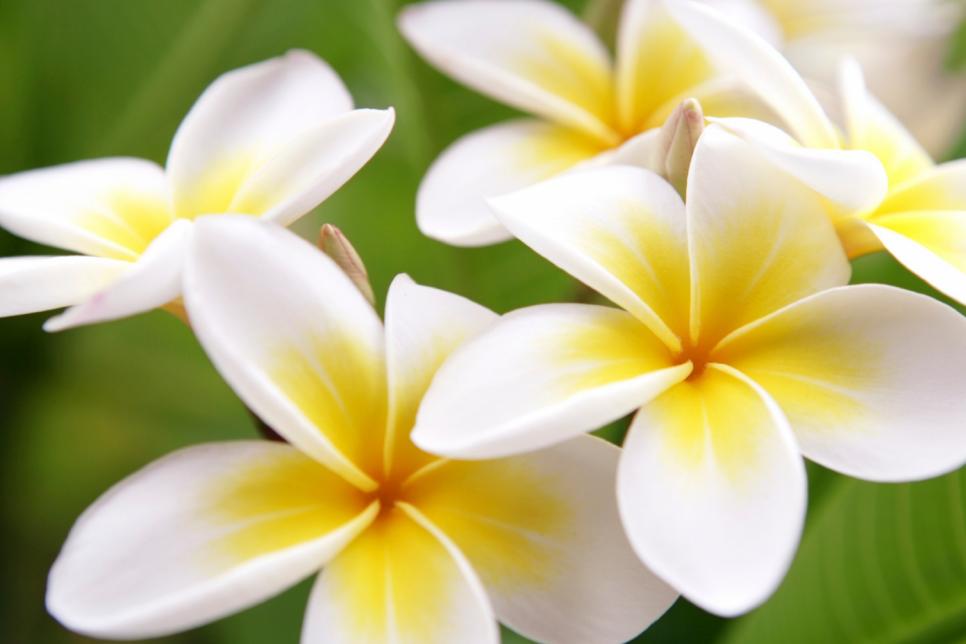
No comments:
Post a Comment